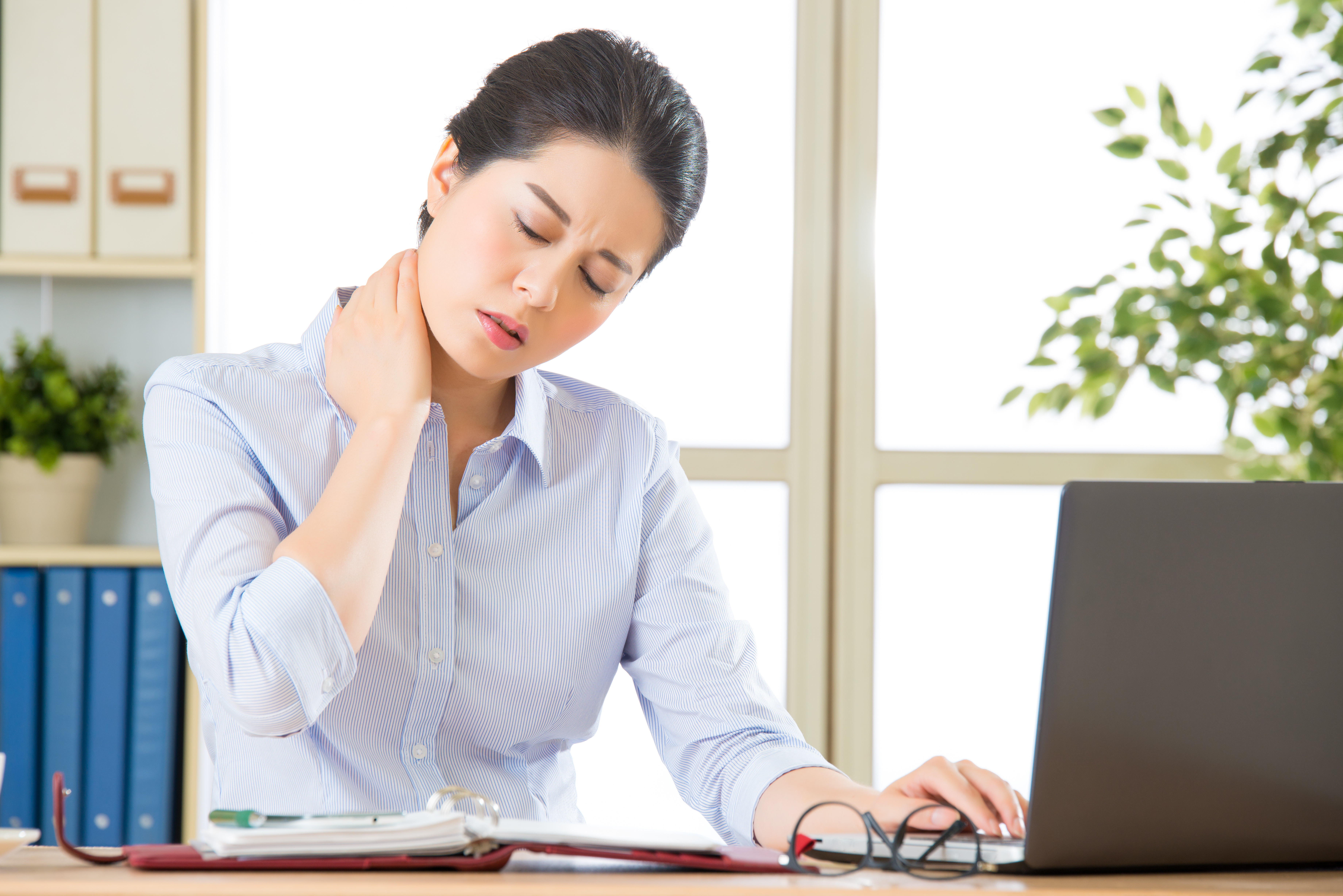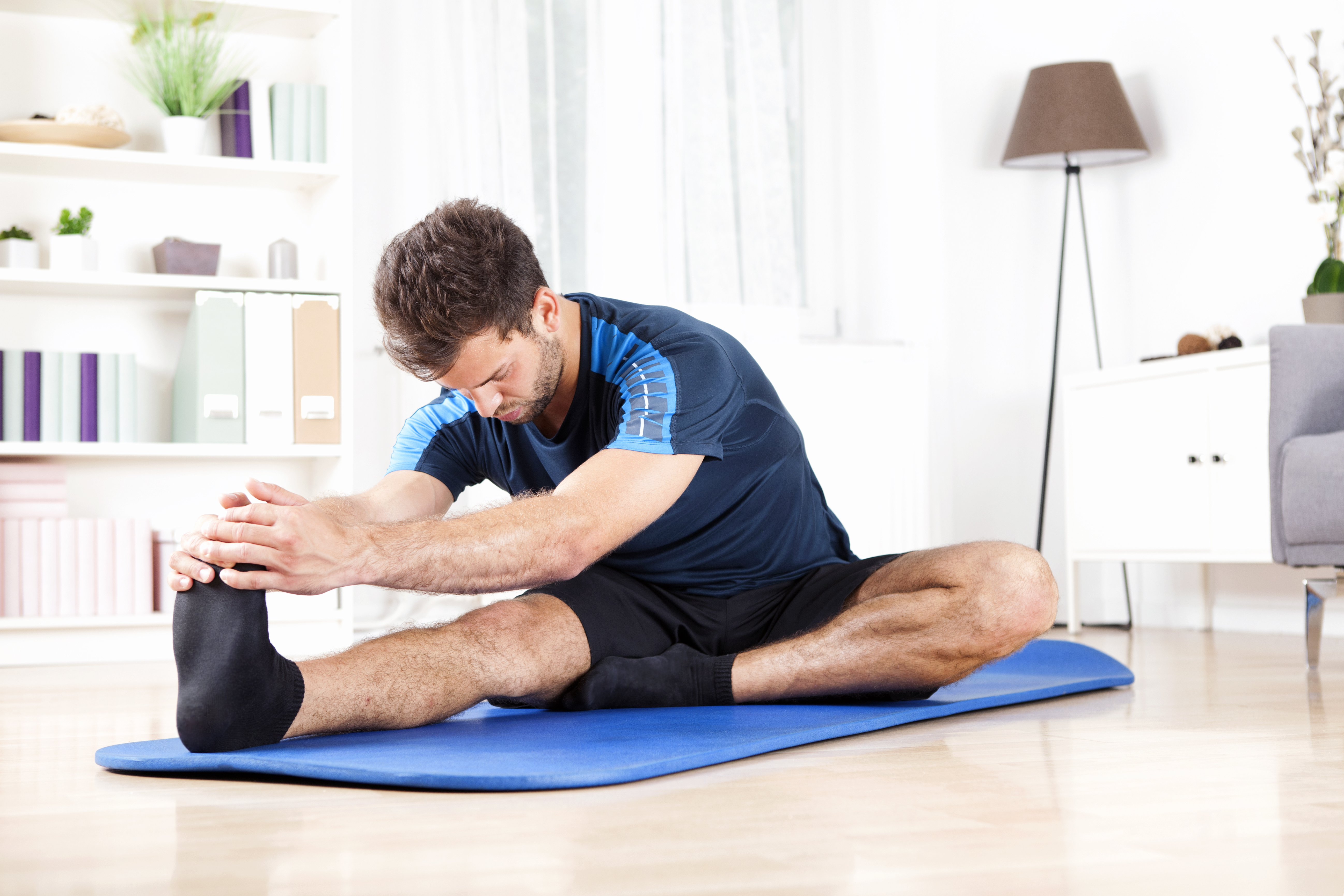
Pain is very personal. As a physical therapist, it is your job to discover the unique factors that contribute to your client’s pain and brainstorm techniques for relieving it. Trigger points are a common ailment, so there are many suggestions you can give a patient to help them mitigate pain caused by trigger points.
What are trigger points?
Myofascial trigger points, or muscle knots, are tough areas of muscle that can be very sensitive to touch. This discomfort is caused by muscle fibers tightening and contracting despite being at rest. Trigger points are not only painful, but they can also significantly affect a person’s range of motion. Treatment should be administered as early as possible in order to prevent any longterm pain or recurrence. Before you recommend treatment, make sure you have a thorough understanding of any underlying factors that may have caused these irritations.
Causes
Trigger points can appear in any area of the body that has muscle.
Causes of muscle knots include:
- Overuse or injury of muscles
- Mental and emotional stress
- Poor posture
- Unhealthy diet
- Sedentary living habits
- Dehydration
Symptoms
Trigger points are small, tender muscle nodules that can be felt through a person’s skin. These knots are often accompanied by referred pain, which spreads from the trigger point to neighboring muscles.
The two main classifications of trigger points are active or latent. Active trigger points cause pain in the body without being touched, while latent trigger points are only painful when someone presses down on them.
Tender points also cause discomfort when they are touched, but they are different from trigger points because they do not cause referred pain or spasms when pressed.
Commonly Affected Areas
- Neck
- Shoulders
- Shins
- Calf muscles
- Lower back
Self-treatments
Home remedies are the logical first step in treating trigger point pain. Discuss any potential causes of these knots with your patient before recommending these treatments.
Exercise
There are several aerobic exercises that can help loosen tight muscles. These exercises are especially helpful for patients suffering from stress-induced pain. Cycling, swimming, and doing jumping jacks for 15-30 minutes a day can relieve tension while increasing blood supply to the affected areas. Practicing yoga or meditation is also a great way to relieve pain caused by trigger points.
While exercise can be an effective way to relieve pain and tension, make sure your patient understands their limits and does not overexert themselves. This strain could be taxing on the body and may cause additional discomfort.
Stretching
Light stretching is a great way to relieve muscle tension. Be sure to demonstrate some of these stretches for your patient in order to determine which ones will work best for them. Stretches are designed to relieve tension, not cause additional pain. To avoid injury, ensure that your patient releases these stretches slowly and refrains from doing any stretches that cause excessive soreness.
Self-massage
If stretching proves to be ineffective, self-massage is another easy option that can be done at home. Instruct your patients to loosen muscle fibers by gently massaging the knot. Patients can do this by pressing down on the affected area and making small circles with their fingers. For a deeper massage, a tennis ball can be used instead of fingers to increase pressure.
Relaxation
Allowing any affected muscles to rest is crucial to recovery. Encourage your patients to relax and get as much sleep as possible. If necessary, patients can increase comfort by using pillows to support their bodies while laying down. If your patient has trouble clearing their mind, breathing exercises may be a good suggestion for promoting relaxation.
Hot and cold therapy
Hot and cold therapy can be used in tandem with other home remedies to combat muscle pain and inflammation. Heating pads can loosen and heal muscles by increasing blood flow to trigger points. A patient can also take a warm bath as an alternative to a heating pad. In contrast, cold compresses shrink blood vessels and help to reduce swelling. Encourage patients to switch between heat and cold treatments so that they can discover what works best for them.
Additional Treatments
If home remedies don’t seem to be helping your patient, it’s time to explore other options.
After reassessing the causes behind their trigger points, consider which one of these therapies will be most effective for your patient:
- Therapeutic massage
- Deep tissue massage
- Swedish massage
- Trigger point pressure release
- Trigger point injections
- Mechanical vibration
- Ultrasound therapy
- Low-level laser therapy
Prevention
There are a few ways to help your patients prevent future trigger points from developing.
Some prevention strategies include:
- Posture exercises
- Frequent exercise
- Varying physical activities to avoid muscle overuse
- Stress management techniques
Review
Some patients may not be able to completely avoid the development of trigger points, but there are plenty of treatments you can recommend to help them mitigate their pain and prevent further occurrences. It is important to regularly check on your patient’s progress to make they are getting positive results from the treatments you’ve recommended.
Are there any treatments for trigger points that we missed? Share them with us in the comments below!

